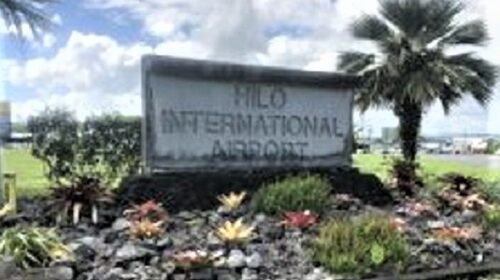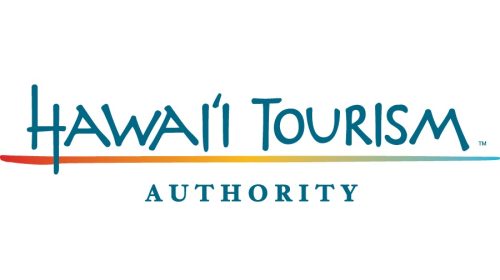FEMA busy in California and Hawaii: Urgent Appeal!
FEMA continues coordinating federal response efforts in Hawaii, while also closely monitoring the track of Hurricane Hilary in the Pacific and other potential storms in the Atlantic and Gulf of Mexico.
FEMA is coordinating closely with California and other states in the path of the storm and stands ready to provide support as needed. Those living in the path of Hurricane Hilary should take steps now to prepare for the impacts of this storm, which is expected to bring heavy rainfall and flooding. Residents and visitors in potentially affected areas should learn their evacuation routes, have a family emergency communications plan, ensure they are receiving emergency alerts and check on their neighbors, especially those who are older adults or may need additional assistance.
Make sure you plan for your family members, pets and service animals. People with disabilities and older adults and their families may need to take additional steps to plan for their individual circumstances to effectively prepare for disasters.
FEMA encourages everyone to visit www.ready.gov or www.listo.gov to learn more about how to be prepared and how to protect yourself and your loved ones during emergencies. Make sure your family, friends and neighbors understand the potential affects Hurricane Hilary could bring to your area.
Anyone in the forecast path of the storm should monitor their local news for updates and directions provided by their local officials and heed local evacuation orders.
Biden-Harris Administration Continues Support for Hawaii
In the days since President Biden declared a major disaster declaration for the state of Hawaii, FEMA has approved more than $7 million in assistance to more than 2,200 households. The Joint Donations and Volunteer Management Task Force is coordinating with the Maui Mayor’s office to efficiently distribute donated resources to areas of need. At the state’s request, more than 1,000 federal employees are in Hawaii to help the state recover from the devastating wildfires, including more than 450 search and rescue team members and personnel K9 teams who continue their mission to meticulously search for victims. To learn more about FEMA’s work with our state, county and federal partners visit FEMA.gov.
Disaster Survivor Assistance teams are on Maui, actively helping survivors apply for disaster assistance. FEMA is encouraging survivors to visit the Disaster Recovery Center at the University of Hawaii Maui College, located at 310 W. Ka’ahumanu Avenue, Kahului, Hawaii. Survivors can speak to FEMA specialists, get assistance registering for disaster assistance, get in touch with voluntary organizations and have access to other federal and state resources from 8 a.m. to 7 p.m. HST, seven days a week. Survivors may also apply by calling 800-621-3362, visiting www.DisasterAssistance.gov or by using the FEMA App. If people use a relay service, such as video relay (VRS), captioned telephone or other service, they need to give FEMA the number for that service.
Encouraging Awareness and Preparedness for Hurricane Hilary
FEMA is tracking Hurricane Hilary as it approaches California, which could bring tropical storm conditions starting this weekend into Monday. The area in the path of the storm has not experienced this type of weather in decades. There is the potential for catastrophic and life-threatening flooding over Baja California and the southwestern U.S., including parts of Nevada and Arizona, through Monday.
Hurricane-force winds are expected along the west-central coast of the Baja California peninsula tonight and Sunday morning. The National Oceanic and Atmospheric Administration’s (NOAA) National Weather Service National Hurricane Center predicts rainfall amounts of 3 to 6 inches, with isolated amounts of 10 inches across portions of southern California and southern Nevada. A FEMA Incident Management Assistance Team is deploying to California Governor’s Office of Emergency Services and other teams are on standby for deployment if necessary. FEMA also has a distribution center in California to support any requests for food, water and other items from the state.
Now is the Time to Prepare
- Get Emergency Alerts: Make sure to sign up to receive weather alerts in your community and to stay updated on the latest weather news from the National Weather Service.
- Gather Supplies: Have enough supplies for your household. Include medication, disinfectant supplies and pet supplies. After a hurricane, you may not have access to these supplies for days or weeks.
- Don’t drive through flood waters: Almost half of all flash flood deaths happen in vehicles. When in your car, look out for flooding in low-lying areas at bridges and at highway dips. As little as 6 inches of water may cause you to lose control of your vehicle.
- Personal Safety: Listen to officials and stay off the roads if told to do so. Evacuate if told to do so.
- Evacuating: If you are in potentially affected areas, you should be familiar with evacuation routes, have a family emergency communications plan, keep a battery-powered radio handy and have plans for your family members and pets. If you are a person with disabilities, you may need to take additional steps to plan for both your needs and your service animal.




